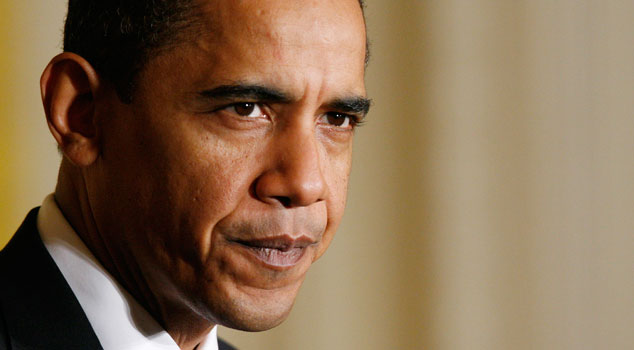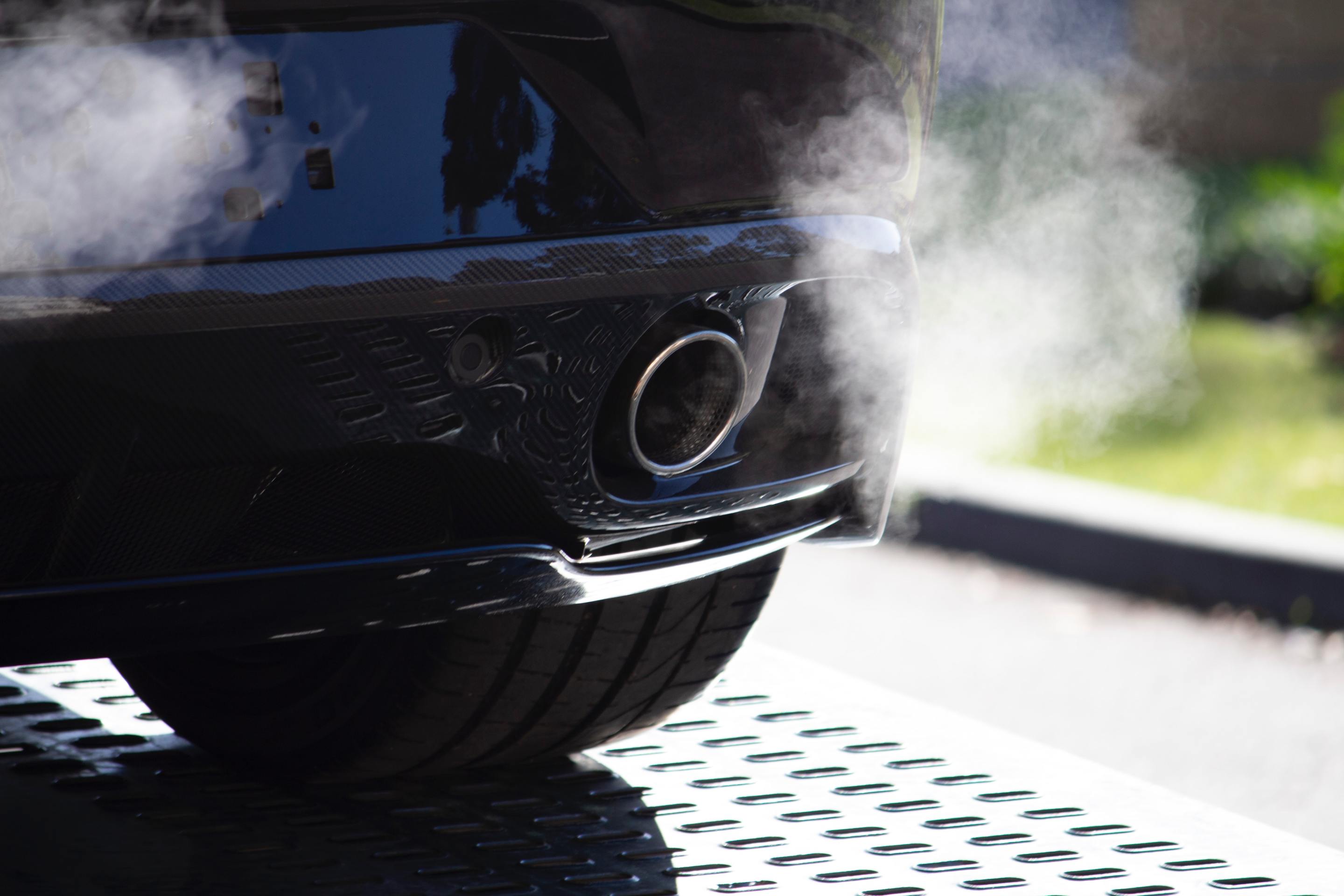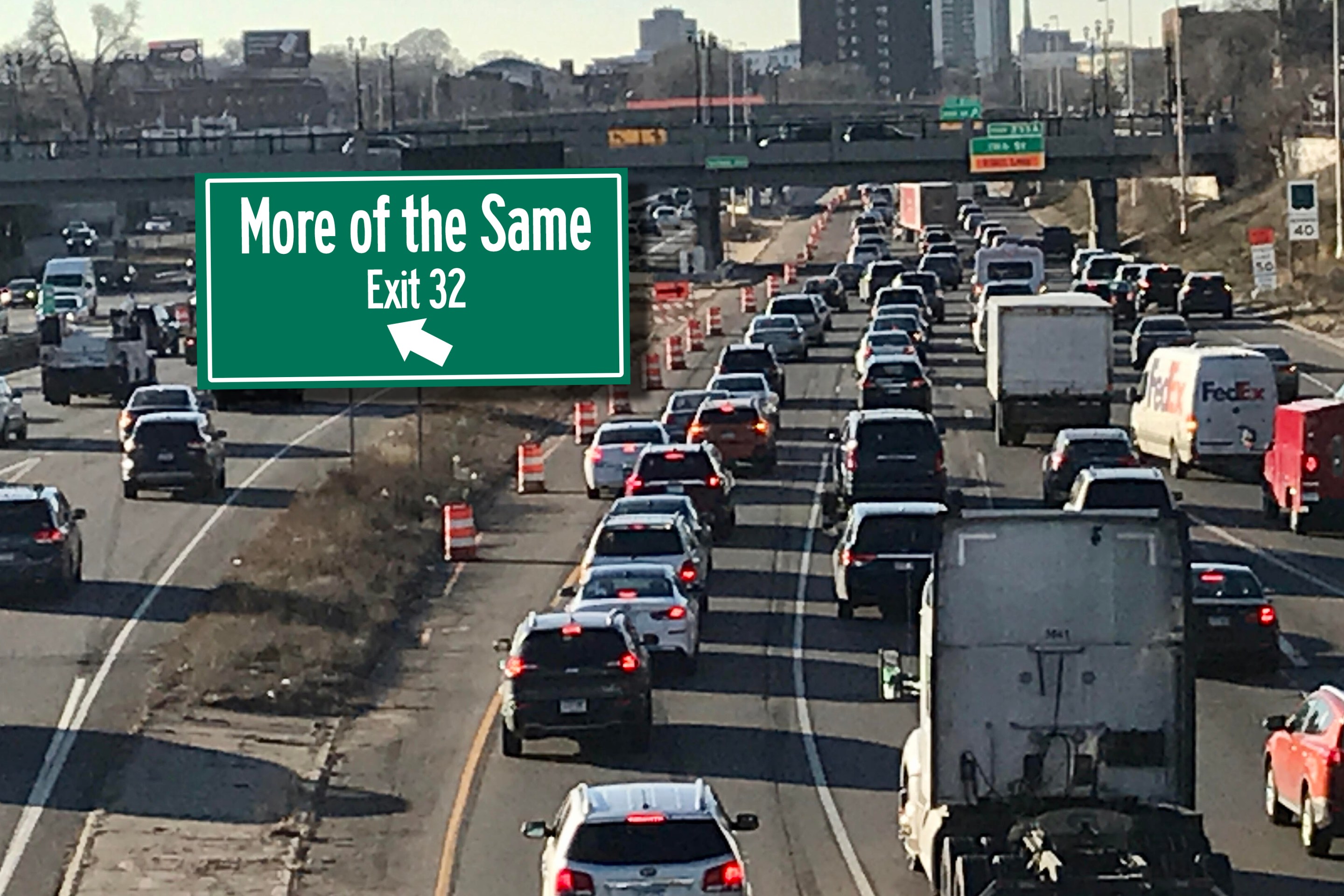On Valentine’s Day, President Obama’s heart-shaped box of chocolates to Congress will come in the form of his budget request for 2012. It will include the president’s proposal for a six-year transportation reauthorization.
The FY2012 budget request comes as Congress is still wrangling over the budget for the rest of FY2011 (which, by the way, started October 1, 2010).
After conversations with experts about what we can expect from the president’s transportation vision, this is what we’ve come up with:
1. We don’t really know.
The administration has been especially tight-lipped about this one. Advocates (and yours truly) have begged DOT officials for the slightest shred of information, and they’re doing an admirable job defending the secrecy of the document until showtime.
2. They’re going to make the case for a big bill and funding reforms
If the $53 billion high-speed rail announcement was any indication – and it was probably intended to be one – the administration is still thinking big on infrastructure, and they’re willing to stomach the big price tag. Obama’s economic team has been pushing for it for months.
The Council of Economic Advisers came out with a report in the fall, analyzing the economic impact of infrastructure investment – and specifically calling for a range of transportation options, a fix-it-first approach, walkability, and performance metrics.
In his State of the Union speech last month, the president said he wanted to pick transportation projects based on what was good for the economy, not politicians. And just this week, Treasury Secretary Tim Geithner seconded the president’s call for infrastructure spending by pointing out the economic benefit to communities when good transportation options are present.
Put all that together with the announcement of $53 billion for high-speed rail and you know he’s talking big bucks (and a new way of spending them).
3. It will cost more than Congress wants to fund, but Obama might be able to convince them.
House Republicans have made it extremely clear that they’re not willing to tolerate big spending. So if Obama swings for the fences, it’ll be up to advocates to fight hard to defend big investments.
Our sources remind us, “these proposals haven’t been developed in a vacuum.” Secretary Ray LaHood was a longtime member of Congress and he still has many advisors from Capitol Hill. One hopes that the president’s plan has been written with some eye toward Congress’s willingness to go along.
According to one expert, when SAFETEA-LU was in the works in 2005, committee leaders Don Young and Jim Oberstar wanted a $375 billion bill. The Bush administration came back with a proposal for $250 billion. Young and Oberstar scoffed that it was a lowball number, that it cut the plan off at the knees. And the final number was $286 billion – closer to Bush’s number than the committee’s. It shows how important the president can be in setting the tone of the debate.
In 2009, Oberstar tried to be the first out of the gate, starting the debate with a big, ambitious bill. But it got tangled up in the question of how to pay for it. Which brings us to…
4. It won’t increase the gas tax.
Everyone else seems to agree it needs to happen, but neither Congress nor the administration is willing to come out in front of a tax hike. The deficit commission made a strong case that the insolvency of the Highway Trust Fund contributes to the insolvency of the nation as a whole. In a deficit-obsessed political environment, though, the president will be hard-pressed to push a big bill without an adequate revenue stream to pay for it.
5. We’ll have to read between the lines to see the whole plan.
The White House announced after the State of the Union that the president’s proposal for a six-year reauthorization would come as part of his budget. But since this budget request is just for FY2012, we’ll have to look carefully to see what it says about the next five years. The way they frame the issue and the language they use will give us a clue. It’s possible the administration will simultaneously reveal a complete six-year bill along with the budget proposal, but don’t count on it.
6. The Senate will be key.
House Republicans came out swinging when Biden made the high-speed rail announcement, but the Senate was quiet. Environment and Public Works Committee Chair Barbara Boxer didn’t say anything.
Even under Democratic control, Congress trimmed down the president’s last budget request significantly. The Republican House this time around will want to do a lot more than trim. Will the Senate come down somewhere in the middle? How will they reconcile a more moderate spending plan with the austerity of the House?
7. Metropolitan areas will have to fight to increase their role.
Oberstar’s bill included an increased role for metropolitan areas. California lets metropolitan planning organizations make the decisions about how to allocate a majority of state transportation funds, but that’s unusual and not exactly popular with state DOTs. We’ll be looking for a step in that direction, but probably just a baby step.
We’ll be following the news as it breaks Monday, and we’ll bring you the details as they emerge.






